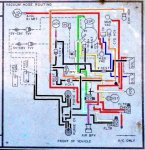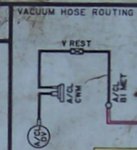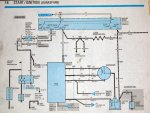genthree
Member
I am going to preface with the fact that I don't even have this truck yet, getting it this weekend.
1973 302 Holley carb manual choke C4
When I purchased it in 1987 it was always cold blooded. It has been parked for many years and I am getting ready to bring it back to life.
My plan it to clean the entire fuel system and rebuild the carb, R/R distributor, plugs, wires and anything else I can think of.
My question is would an upgraded ignition system help with the "cold blooded" or is that a fuel issue? Manual choke upgrade?
Thanks....
1973 302 Holley carb manual choke C4
When I purchased it in 1987 it was always cold blooded. It has been parked for many years and I am getting ready to bring it back to life.
My plan it to clean the entire fuel system and rebuild the carb, R/R distributor, plugs, wires and anything else I can think of.
My question is would an upgraded ignition system help with the "cold blooded" or is that a fuel issue? Manual choke upgrade?
Thanks....





